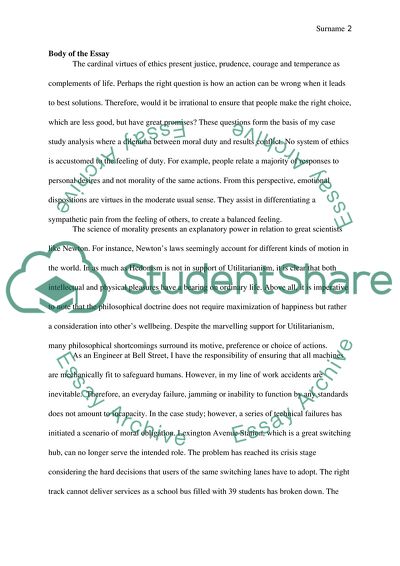Cite this document
(Business Ethics Report Example | Topics and Well Written Essays - 1250 words - 8, n.d.)
Business Ethics Report Example | Topics and Well Written Essays - 1250 words - 8. https://studentshare.org/philosophy/1839700-business-ethics
Business Ethics Report Example | Topics and Well Written Essays - 1250 words - 8. https://studentshare.org/philosophy/1839700-business-ethics
(Business Ethics Report Example | Topics and Well Written Essays - 1250 Words - 8)
Business Ethics Report Example | Topics and Well Written Essays - 1250 Words - 8. https://studentshare.org/philosophy/1839700-business-ethics.
Business Ethics Report Example | Topics and Well Written Essays - 1250 Words - 8. https://studentshare.org/philosophy/1839700-business-ethics.
“Business Ethics Report Example | Topics and Well Written Essays - 1250 Words - 8”. https://studentshare.org/philosophy/1839700-business-ethics.


